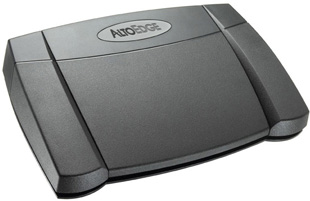I just drove back into town from a meeting in Placentia with the committee for Living RICH (Rural Intangible Cultural Heritage), where I gave an overview of the Heritage Foundation of Newfoundland and Labrador's ICH program. It was a good meeting, with representation from Parks Canada, Branch Heritage Group, Tramore Productions, Placentia Area Theatre d'Heritage.
Patrick Carroll with Parks talked about the free concert which was organized at Castle Hill National Historic Site as part of their 40th anniversary celebrations. Part of the goal was to mix old and new musical traditions, and to bring in people from the area. Featured singers/songwriters included Joy Norman, Colleen Power, and one of my favourite traditional ballad singers, Tobias Pearson.
Arlene Morrissey from Tramore talked about some of the projects of the company, which has a strong basis in the conservation and celebration of local oral tradition and oral history, and which incorporates ballad singing and storytelling into their performances. Helen Griffin with Placentia Area Theatre d'Heritage talked about their program of costumed interpretation at Castle Hill, their other shows based on local history, and their weekly theatre cabaret, which drew on the area's Irish, English and American culture with recitations, theatre and traditional music.
Lorna Nash English presented on the various projects of Branch Heritage, including their walk of "name places", areas with particular significance for the community, their memorial skeet shooting competition, kitchen parties with ballad singing, and the revival of traditional dances from the community. She also stressed the importance of passing on skills from seniors to youth.
In the end, the group talked about organizing a one day symposium on rural ICH for the area, sometime in November. I'll be sure to blog about it as it draws closer, so keep posted!
Thursday, August 28, 2008
Wednesday, August 27, 2008
International Journal of Intangible Heritage

The International Journal of Intangible Heritage is a refereed academic and professional journal for the cultural and heritage sectors. First published in May 2006, the Journal embraces theory and practice in relation to the study, preservation, interpretation and promotion of intangible heritage. In recent years, academics,researchers and professionals in many different parts of the cultural and heritage sectors have increasingly been collecting, systematizing, documenting and communicating intangible heritage and in particular supporting both its traditional and contemporary expressions. The Journal welcomes submissions of contributions covering all areas and all possible discourses of intangible heritage studies and practice.
The need for such an international publication was one of the significant outcomes of the 2004 Triennial General Conference of the International Council of Museums (ICOM) held in Seoul, Republic of Korea, on the theme “Museums and Intangible Heritage”. The Ministry of Culture and Tourism, Republic of Korea agreed to provided support for this Journal through the National Folk Museum of Korea.
The printed editions are supplemented by an electronic edition in PDF format at http://www.ijih.org.
Monday, August 25, 2008
Put your foot down on digital transcription!

I had a question recently about transcribing digital recordings. The question was about the difficulty in using a digital recording to make a transcription of the interview.
Have no fear! It is possible to use a foot pedal on your computer, to advance and rewind a digital wav or mp3 file. There are several on the market. Just do a Google search for "USB transcription foot pedal" and you'll get a lot of options. I have yet to try this out, but I'm itching to do so, and when I do, I'll update the blog and let people know how it works out.
You have to buy a foot pedal, but you can get the basic transcription software for free. Express Scribe Transcription Playback Software is one example, which is a totally free download designed to assist the transcription of audio recordings. It is installed on the typist's computer and can be controlled using a transcription foot pedal or using the keyboard. This computer transcriber application also offers valuable features for typists including variable speed playback, multi-channel control, file management and more.
Subscribe to:
Posts (Atom)
